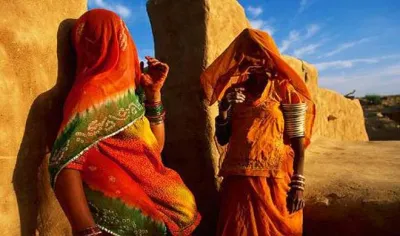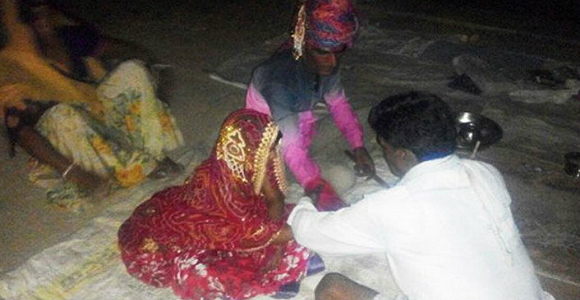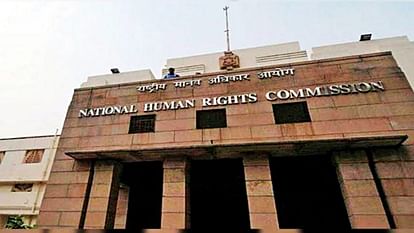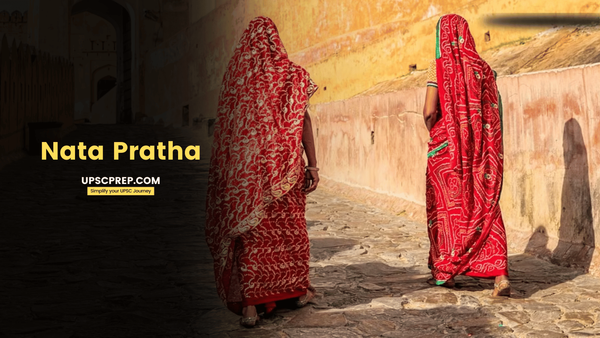Table of contents
Understanding Nata Pratha
Nata Pratha is a traditional practice prevalent in certain communities in states like Rajasthan, Madhya Pradesh, Uttar Pradesh, and Gujarat.
- This practice involves the selling of girls, often on stamp paper, under the guise of marriage.
- The practice has severe moral and legal implications, particularly for women and minor girls.

Nature of Nata Pratha
- Girls are sold either on stamp paper or otherwise.
- Often involves child marriage.
- Transactions are usually conducted by the girl's own family.
Legal and Human Rights Violations
- Human Trafficking: The practice can be classified as human trafficking, which is illegal under Indian law.
- Child Marriage: Violates the Prohibition of Child Marriage Act, 2006.
- POCSO Act: The Protection of Children from Sexual Offences (POCSO) Act, 2012, can be invoked if minors are involved.

Case Study

- A minor girl from Rajasthan was sold by her father for ₹2.5 lakh.
- The transaction was formalized on July 11, 2019, but the groom failed to pay the full amount.
- The father attempted to sell her again for ₹32,000.
- The girl resisted and sought help from the police, but no action was taken.
- She was found dead on June 16, 2020.
NHRC's Intervention
The National Human Rights Commission (NHRC) has issued notices to the Union Ministry of Women and Child Development and the states involved.
- The NHRC has called for the eradication and abolition of Nata Pratha.
- States have been directed to submit a report on measures taken or proposed within eight weeks.
- Recommendations:
- Individuals forcing women into Nata Pratha should be prosecuted under human trafficking laws.
- The POCSO Act should be applied in cases involving minors.

Legal Framework and Measures
- Prohibition of Child Marriage Act, 2006
- Prohibits the marriage of girls below 18 years and boys below 21 years.
- Provides for the annulment of child marriages and punishment for those who promote or permit such marriages.
- Protection of Children from Sexual Offences (POCSO) Act, 2012
- Provides for the protection of children from offences of sexual assault, sexual harassment, and pornography.
- Establishes Special Courts for the trial of such offences.
- Immoral Traffic (Prevention) Act, 1956
- Aims to prevent trafficking for commercial sexual exploitation.
- Provides for the rescue and rehabilitation of victims.
Steps for Eradication
- Awareness Campaigns: Educate communities about the legal and moral implications of Nata Pratha.
- Promote gender equality and the rights of women and children.
- Legal Enforcement: Strict enforcement of existing laws against child marriage and human trafficking.
- Ensure prompt action by law enforcement agencies in reported cases.
- Support Systems: Establish support systems for victims, including shelters, counselling, and legal aid.
- Provide economic support and vocational training to empower women and prevent exploitation.
- Community Engagement: Involve local leaders and community organizations in efforts to eradicate the practice.
- Encourage community-based monitoring and reporting of such practices.
Conclusion
Nata Pratha is a deeply entrenched practice that violates the fundamental rights of women and children. The intervention by the NHRC is a significant step towards its eradication.
However, sustained efforts involving legal enforcement, community engagement, and support systems are essential to abolish this practice and protect the rights and dignity of women and children.
Previous Post